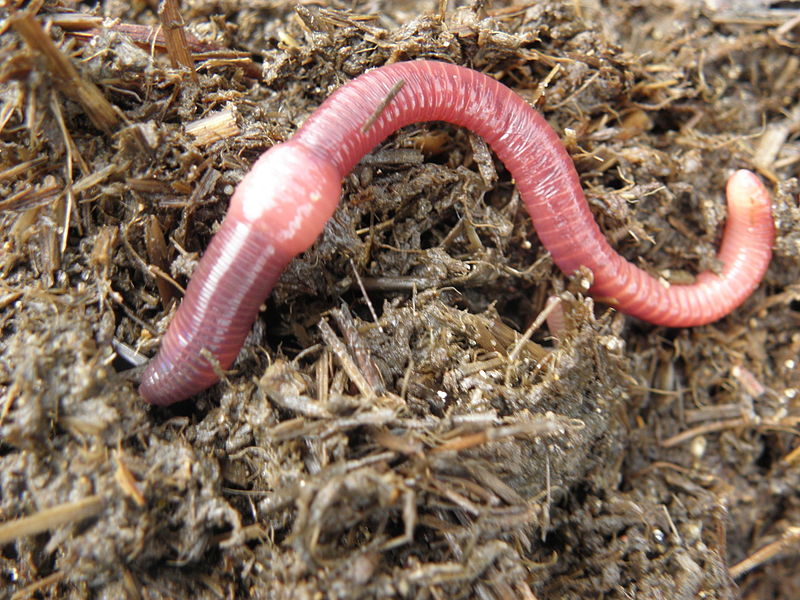Eco-friendly red wigglers: How to maintain them
Eco-friendly red wigglers: How to maintain them
Blog Article
Red Wigglers: Your Eco-Friendly Service for a Greener Yard
Red wigglers, or Eisenia fetida, present a sustainable approach to boosting garden health and wellness via vermicomposting. By incorporating red wigglers into your gardening methods, you can properly manage waste while nurturing a vivid community.
(red wiggler composting worms)
What Are Red Wigglers?
Although often incorrect for regular earthworms, red wigglers (Eisenia fetida) are an unique species understood for their efficiency in composting raw material. These worms thrive in rich, organic settings, such as compost heap and vermicomposting systems, where they play an important function in breaking down waste. Unlike their even more typical counterparts, red wigglers like a warmer habitat, normally between 55 ° F and 77 ° F, which maximizes their task and productivity.
Red wigglers are defined by their reddish-brown coloration and segmented bodies, which can expand up to four inches in length. They possess an one-of-a-kind capability to take in and absorb organic products at an outstanding rate, refining approximately half their body weight daily. This quick disintegration procedure not just enriches the dirt yet additionally adds to the total health of the garden environment.
In regards to reproduction, red wigglers are prolific, efficient in producing cocoons which contain numerous eggs. This permits quick populace development, making them a perfect choice for composting undertakings. Their adaptability and ravenous appetite for natural waste setting red wigglers as an important ally for ecologically conscious garden enthusiasts looking for lasting techniques.
Benefits of Using Red Wigglers
Making use of red wigglers in the yard uses various advantages that boost both dirt high quality and plant health. These earthworms are outstanding decomposers, damaging down natural issue such as kitchen scraps and lawn waste right into nutrient-rich spreadings. These castings, frequently described as "worm gold," provide necessary nutrients that boost soil fertility, promoting vibrant plant growth.
Red wigglers also boost dirt structure. The presence of red wigglers raises microbial activity in the soil, producing a flourishing ecological community that adds to condition resistance and boosted plant wellness.
An additional substantial benefit of making use of red wigglers is their capacity to reduce waste. In recap, incorporating red wigglers into horticulture practices returns substantial advantages, making them a valuable addition to any eco-conscious yard.
(red wiggler fishing worms)
Just How to Begin Vermicomposting
To begin vermicomposting, it's vital to develop a suitable atmosphere for red wigglers to grow, as their success directly impacts the effectiveness of the composting process. Start by picking a container, such as a plastic or wood container, with appropriate drainage and air flow. A size of around 2 square feet is suitable for a house, permitting a workable worm populace.
Following, prepare bedding product that is wet yet not overly wet. Shredded paper, cardboard, and coconut coir are outstanding options, offering a comfy habitat while also acting as a carbon source. Fill the container with 4 to 6 inches of bed linens.
After establishing the bedding, present your red wigglers. A normal starting populace has to do with 1 pound of worms, which can eat about half a pound of food scraps daily. It is vital to include food scraps slowly, focusing on veggie peelings, fruit waste, and coffee grounds, find more information while staying clear of meat, dairy, and oily foods to prevent smells.
Maintaining a Healthy Worm Container
Once your red wigglers are resolved right into their brand-new bedding, maintaining a healthy worm container ends up being paramount to make certain optimal composting conditions. Ideally, the worm container need to be kept damp yet not soggy; a humidity level around 60-70% is optimum.
Temperature level control is similarly essential. Red wigglers flourish in settings in between 55 ° F and 77 ° F(13 ° C to 25 ° C) Prevent exposing the bin to extreme temperatures; severe warmth can kill the worms, while excessive cold can slow their activity.
Aeration is important to avoid anaerobic conditions, which can lead to unpleasant odors and hurt the worms. Transform the bed linen delicately every few weeks to promote air movement and distribute food equally.
Feeding your red wigglers is one more vital element. Offer a well balanced diet regimen of kitchen scraps, preventing citrus and spicy foods, which can be detrimental to their wellness. By frequently checking these elements, you can make sure a successful community within your worm bin.

Tips for Making Use Of Worm Castings
Routinely including worm spreadings into your yard can considerably boost soil health and wellness and plant growth. To successfully make use of worm castings, start by establishing the proper application price, which normally varies from 10-20% of the overall dirt volume. This makes sure optimum nutrient availability without frustrating your plants.
When applying worm spreadings, blend them right into the leading few inches of soil around well established plants or integrate them right into your seed-starting mix for new plants. This practice promotes root advancement and boosts dampness retention. In addition, think about creating a worm tea by steeping worm castings in water for 24-48 hours. This nutrient-rich fluid can be used as a foliar spray or dirt drench, supplying an immediate increase to your plants.

Conclusion
The use of red wigglers in horticulture practices provides a sustainable technique to lose management and dirt enrichment. The combination of red wigglers into horticulture regimens eventually sustains both environmental balance and farming performance. red worms.
Report this page